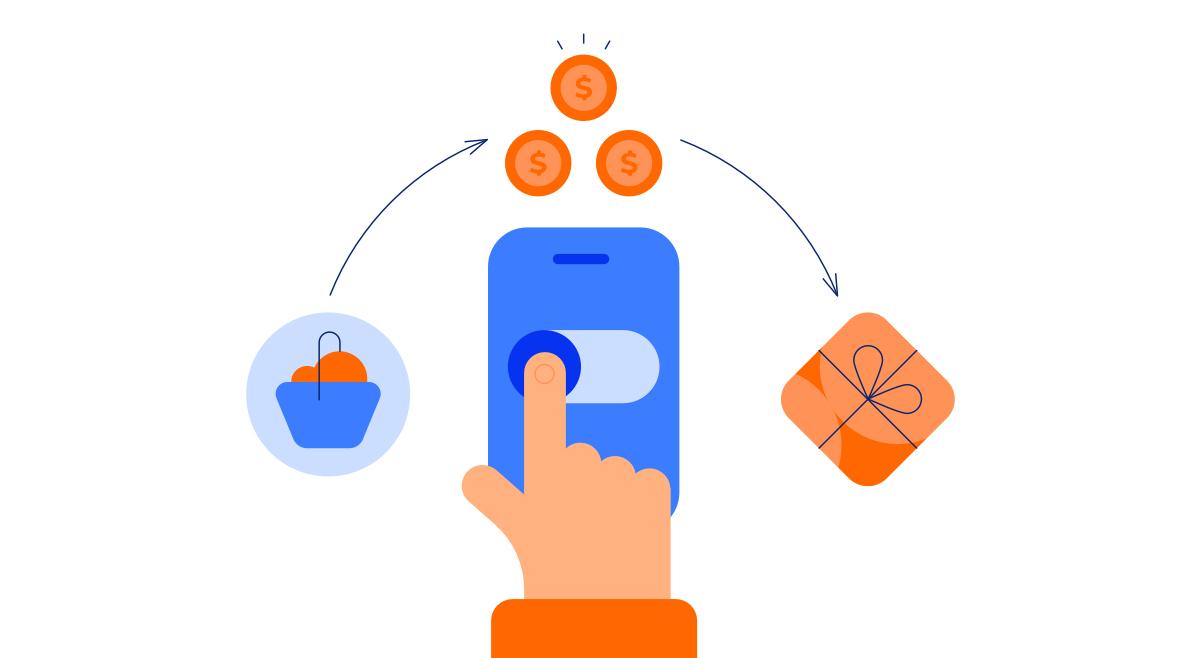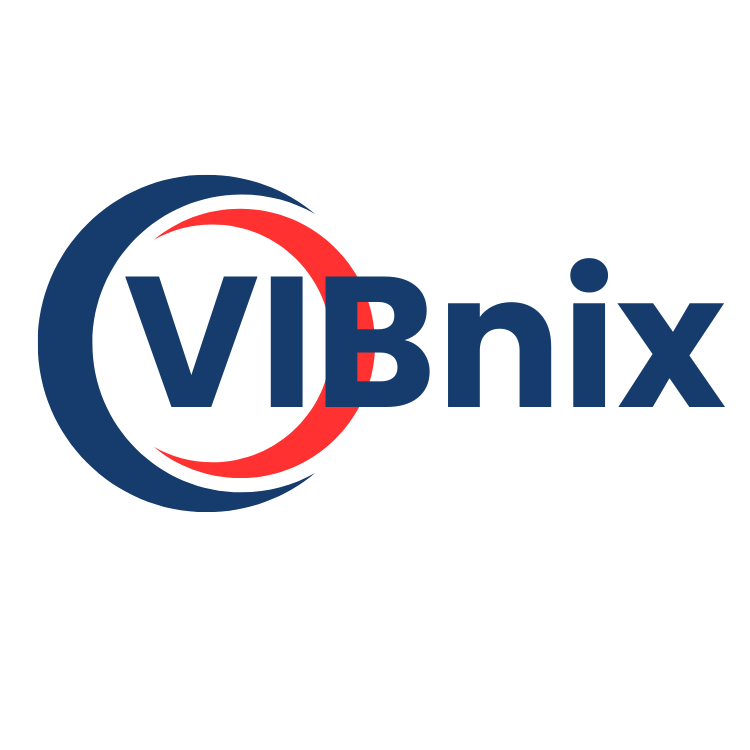Maximizing Direct Carrier Billing Revenue in a Growing Digital Economy

The generation of Direct Carrier Billing revenue is a multifaceted process that benefits a chain of stakeholders, from mobile operators to digital storefronts. At its core, revenue is generated through a revenue-sharing model. When a consumer makes a purchase using DCB, a percentage of the transaction value is retained by the mobile network operator (MNO) and, if involved, a payment aggregator, with the remainder going to the merchant or content creator. For MNOs, this represents a vital diversification of their income streams beyond core telecommunication services, allowing them to capitalize on the booming digital content market. For merchants, while they share a portion of the sale, the increased conversion rates and access to a wider customer base often result in a higher net revenue than they would achieve with other payment methods alone.
The overall revenue pool for the DCB industry is poised for dramatic growth, creating lucrative opportunities for all participants. The market is undergoing a significant expansion, with forecasts showing its total size is expected to reach a remarkable USD 105,550.1 Million by the year 2032. This growth is not fleeting but is supported by a strong and sustained compound annual growth rate (CAGR) of 11.2% during the 2024-2032 forecast period. This expanding revenue pie means that even with a shared model, the absolute financial returns for MNOs, aggregators, and merchants are set to increase substantially. This projection encourages further investment in the underlying technology and infrastructure, which in turn drives more adoption and continues the virtuous cycle of revenue growth for everyone involved in the ecosystem.
Several strategies are being employed to maximize revenue within the DCB framework. MNOs and aggregators are leveraging data analytics to offer dynamic pricing and personalized promotions, which can boost transaction volumes. They are also working to increase the typically low transaction limits, which would open the door for higher-value purchases and, consequently, larger revenue per transaction. Another key strategy is the expansion of service offerings. By moving beyond traditional app and game purchases to include services like subscription bundling (e.g., a streaming service packaged with a mobile plan), charity donations, and digital ticketing, stakeholders can tap into new and consistent revenue streams, increasing the lifetime value of each customer.
Looking forward, the future of DCB revenue generation will be defined by innovation in new verticals. The Internet of Things (IoT) is a particularly promising area, where carrier billing could be used for countless automated micropayments, from smart meters to connected car services. Furthermore, as regulatory frameworks become more accommodating, the potential to use DCB for purchasing physical goods and services could unlock a massive new revenue landscape. The ability to bundle digital and physical products, paid for via a single, convenient phone bill, will be a powerful driver of future revenue growth. By focusing on diversification, enhancing technological capabilities, and forging strategic partnerships, the direct carrier billing industry can ensure its revenue streams continue to expand robustly.
Explore Our Latest Trending Reports:
Canada Asset Performance Management Market
- Vibnix Blog
- Politics
- News
- Liberia News
- Entertainment
- Technology
- Ausbildung
- Art
- Causes
- Crafts
- Dance
- Drinks
- Film
- Fitness
- Food
- Spiele
- Gardening
- Health
- Startseite
- Literature
- Music
- Networking
- Andere
- Party
- Religion
- Shopping
- Sports
- Theater
- Wellness



